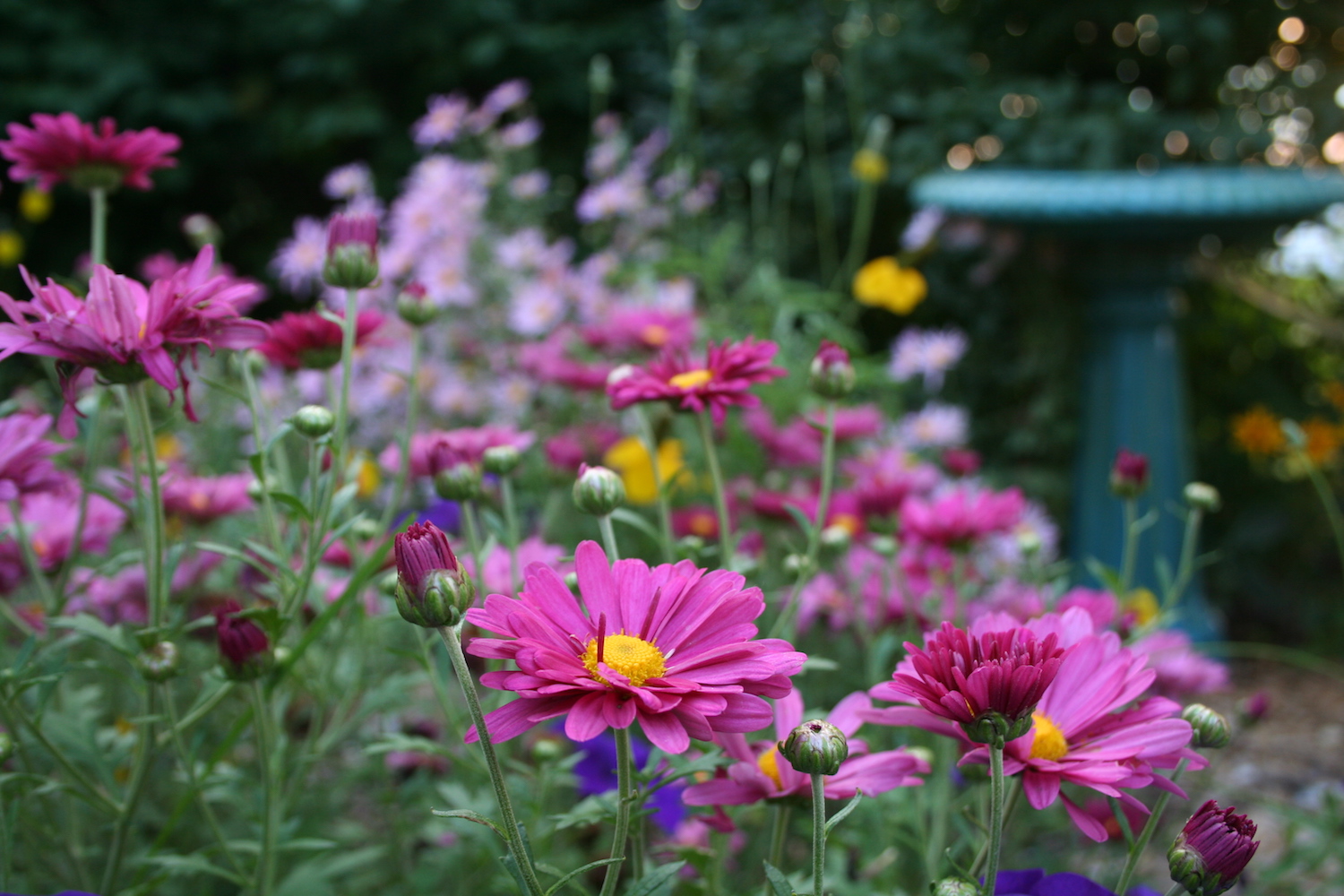Last week, a reader commented on the post on Best Bets for Beginning Vegetable Gardeners that she wanted to start a garden but her lot was very sandy. This reader lives in Sherburne County, just north of the Twin Cities, which is known for its sandy soils. I faced a similar dilemma when we first moved to our current home, except that the underlying soil was clay rather than sand.
Whether your soil is sandy, clay, or essentially barren (as some new home sites are), the answer is to add compost and other organic matter. Compost improves soil in several ways. It adds nutrients and is a near perfect slow-release fertilizer. It also is filled with micro-nutrients which means that compost is better than synthetic fertilizer in the same way that it’s better to eat salmon than take fish oil pills or to eat a lot of vegetables rather than take vitamins.
Compost also improves soil structure. So, if your soil is sandy, like those in Sherburne County, it helps the soil retain water better. If it’s clay, it loosens the soil, helping water flow through more efficiently, creating passageways for plant roots. Finally, compost and other organic matter create the right environment for all of the bacteria and organisms that make your soil a self-regulating eco-system. In other words, your garden will be less susceptible to diseases.
In the meantime, use raise beds
If you have less than ideal soil and want to grow vegetables, build a raised bed. These are very easy to build and then you can add your own soil. I usually use part black dirt from my local landscaper and part compost. This creates a pretty rich mix — good for tomatoes and other heavy feeders.

[…] to find out what the soil needs, though most soil problems are solved by diligent application of compost. If you have questions about the safety of the soil, use raised beds or other containers and a […]